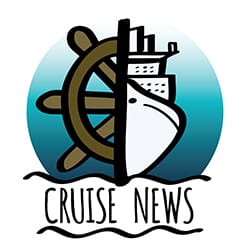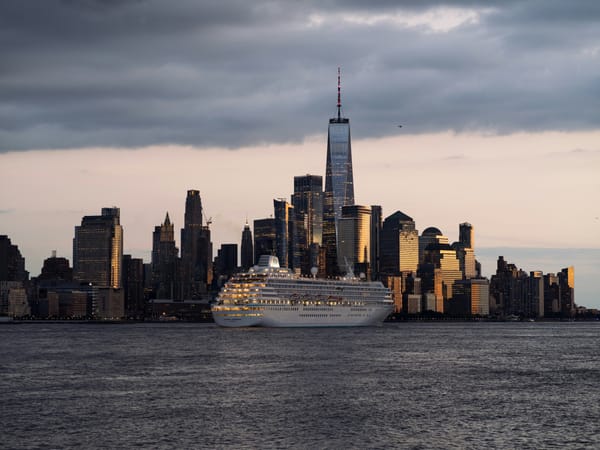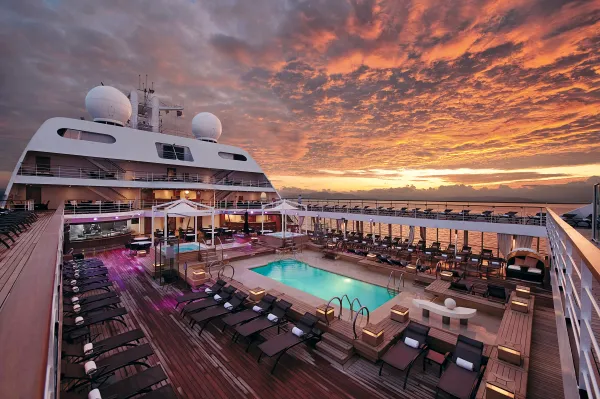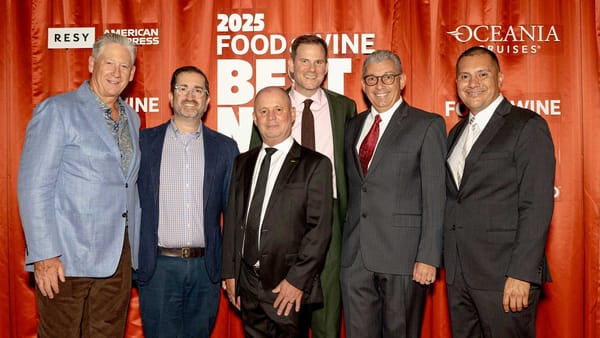MSC Cruises Orders Two More LNG-Powered World-class Ships for 2029–2030
The new LNG-powered World-class ships highlight MSC Cruises’ focus on sustainable technology and global expansion, intensifying competition across key cruise markets through 2030.
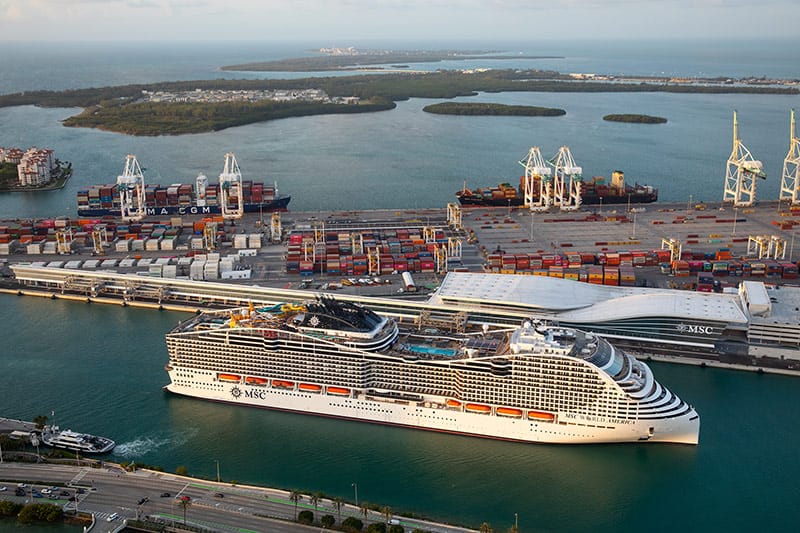
MSC Cruises is expanding its World-class lineup with two additional ships, bringing the series total to six next-generation vessels and contributing to a fleet that is expected to reach 27 ships by 2030. The new LNG-powered ships, provisionally named “World Class V” and “World Class VI,” are slated for delivery in 2029 and 2030, respectively. They will be built by Chantiers de l’Atlantique, continuing the French shipyard’s longstanding collaboration with MSC Cruises.
Two Additional World Class Ships
During a press conference in Paris, MSC Cruises confirmed its orders for “World Class V” and “World Class VI.” Pierfrancesco Vago, Executive Chairman of MSC Cruises, stated, “The confirmation of the order for the two new World Class ships marks a new milestone in our remarkable shipbuilding trajectory in France and the continuation of our long-term industrial plan.” These forthcoming vessels will each accommodate around 5,400 passengers and feature advanced technological and environmental innovations such as liquefied natural gas (LNG) propulsion, optimized hull design for reduced fuel consumption, and shore power connectivity.
Fleet and Deployment Timeline
MSC’s World-class series already includes:
- MSC World Europa: Debuted in November 2022, currently sailing in the Western Mediterranean. It was also featured during the FIFA World Cup in Qatar.
- MSC World America: Slated for christening in April 2025, offering seven-night Caribbean cruises from PortMiami.
- MSC World Asia: Under construction for a late 2026 debut, homeporting in Barcelona and Marseille for Mediterranean itineraries.
- MSC World Atlantic: Set for delivery in early 2027, with plans for year-round sailings from Port Canaveral.
- World Class V: Scheduled delivery in 2029 (pending final financing agreements).
- World Class VI: Scheduled delivery in 2030 (pending final financing agreements).
All vessels in the World-class series prioritize passenger experience, offering extensive dining venues, diverse stateroom options, and broad entertainment areas catering to families, couples, and solo travelers. Each ship exceeds 200,000 gross tons, underscoring MSC’s push toward larger and more technologically advanced cruise offerings.
North American Market and Competition
MSC Cruises has actively positioned itself against Royal Caribbean, particularly in the North American market. The launch of MSC World America from PortMiami directly targets the competitive seven-night Caribbean cruise segment. Beyond Florida, MSC plans to introduce sailings from Galveston, Texas, and Seattle, Washington, offering passengers an expanding range of itinerary options, including Alaska cruises from 2026. These moves reflect MSC’s ambition to become a leading player across multiple cruise markets worldwide.
Features and Environmental Focus
All current and upcoming World-class ships feature LNG propulsion that lowers emissions compared to conventional marine fuel. They also employ advanced waste management systems and incorporate hydrodynamic hull enhancements to reduce drag, aiming for greater fuel efficiency. Shore power connectivity enables the vessels to minimize emissions in port.
Onboard offerings include more than 30 food and beverage venues, family-friendly entertainment, and dedicated districts for nightlife and relaxation. MSC’s focus on sustainability and passenger-centric amenities positions the World-class series as a forward-thinking response to evolving traveler and regulatory demands.
Economic Impact and Future Growth
With the addition of two more World-class ships, MSC underscores its commitment to growth and innovation in the global cruise industry. The new vessels are expected to boost the company’s revenue potential, generate increased competition in established markets, and create opportunities for port cities that serve as homeports or transit hubs. MSC also continues exploring further shipbuilding collaborations, including rumored projects with Meyer Turku in Finland, potentially leading to even larger vessels beyond the World-class family.
Frequently Asked Questions (FAQs)
Why is MSC Cruises expanding its World Class fleet?
MSC aims to increase capacity and modernize its fleet with eco-friendly technologies and guest-centric amenities. The company’s ongoing partnership with Chantiers de l’Atlantique enables it to build larger, more sustainable ships that attract a diverse global passenger base.
When will the new ships World Class V and VI enter service?
Both ships are scheduled for delivery in 2029 and 2030, respectively, pending final financing agreements. They will join MSC’s existing World-class vessels in driving continued growth for the company.
Which itineraries do the World Class ships cover?
Current ships in the series operate in the Western Mediterranean, offer seven-night Caribbean cruises out of PortMiami, and provide itineraries from homeports such as Barcelona, Marseille, and Port Canaveral. Future deployments are planned in Texas (Galveston) and Seattle for Alaska voyages.
How does the expansion impact competition with Royal Caribbean?
MSC’s increased deployment in North America and the Caribbean places it in direct competition with Royal Caribbean. By combining larger ships, competitive pricing, and European-inspired designs, MSC is positioning itself to capture a broader slice of the cruise market.
What sustainability features are included on these new ships?
All World-class vessels employ LNG engines to reduce emissions, utilize advanced waste management systems, and offer shore power connectivity to limit environmental impact while in port. Hydrodynamic hull designs also help lower fuel consumption.
As MSC Cruises continues to diversify its deployments and add new World-class ships, industry observers expect heightened competition for travelers seeking innovative yet eco-conscious cruise experiences around the globe.
